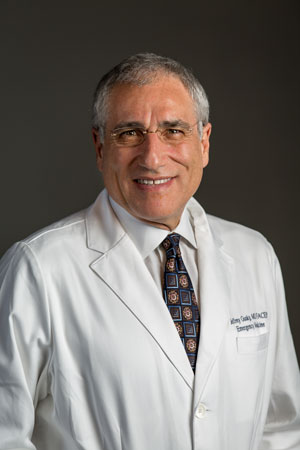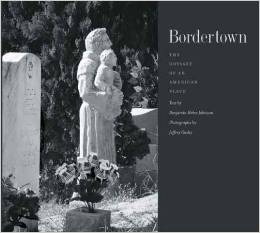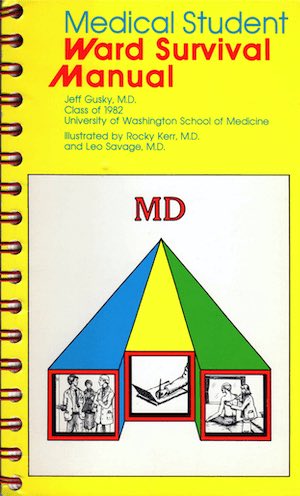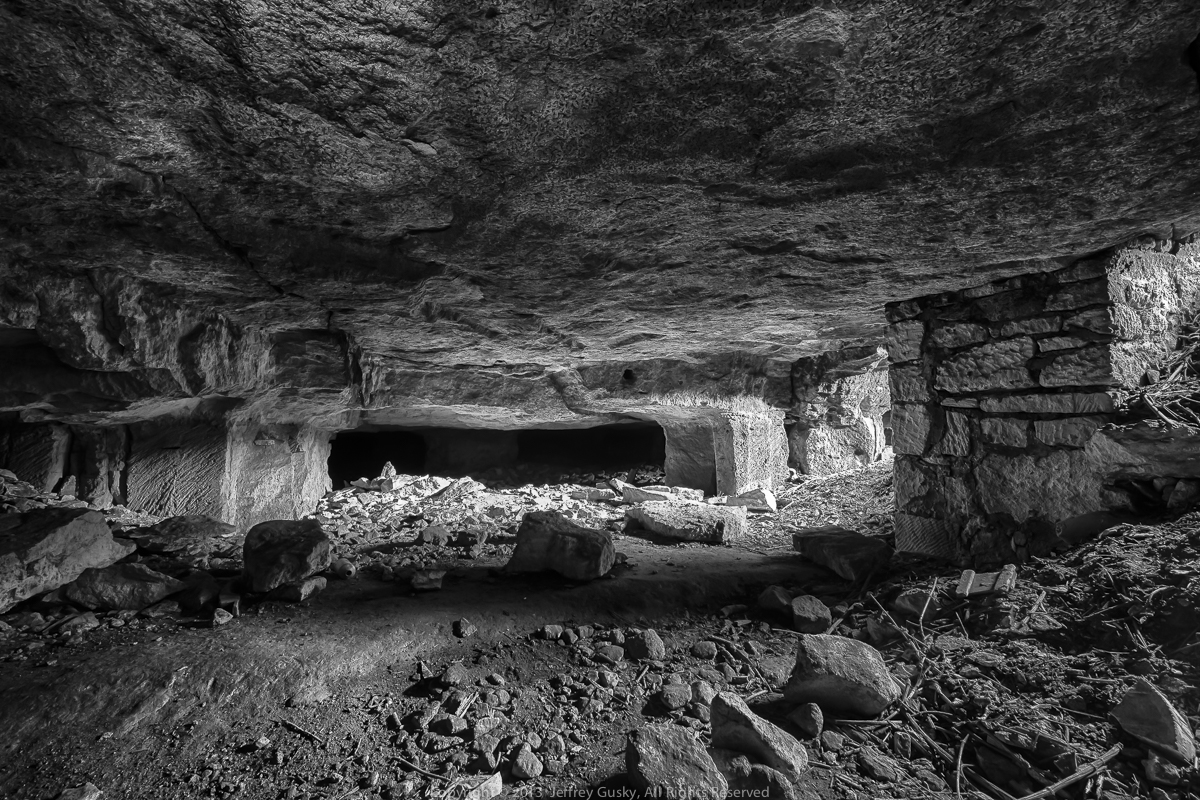
Jeff Gusky's life changed in 1995 when he found an obscure remnant of the Nazi concentration camp Plazow … where the story of Schindler’s List actually took place. Since then, he’s devoted his life to helping others see and avoid The Human Emergency™ caused by rapidly accelerating dehumanization which leads to Addiction To Modern Life™. Millions are becoming fragile, self-destructive and blind to extreme danger. Addiction To Modern Life is now devastating and destabilizing free societies everywhere because addiction poisons conscience and conscience is critical to democracy.
Jeff was the first fine art photographer to go behind the former Iron Curtain and document a Hidden World of the Holocaust … remnants of modern genocide hidden in plain sight during the communist era. To this day, he is haunted by the aftermath of horror he witnessed in these places.
Jeff has committed his life to helping people across the globe become situationally aware about how modern life dehumanizes all of us and how entire societies can be transformed into weapons of mass destruction using "THE FORMULA": MYTH AMPLIFIED BY MEDIA TO INCITE RAGE IN CROWDS FOR POWER.
Born on the streets of Paris during The Dreyfus Affair in 1894 ... only two years after the new technology of mass media first came into being ... "THE FORMULA" is nothing more than a technique, deployed by conscienceless predators to seize power in modern societies, by poisoning the conscience of millions while setting a society on fire.
Human predators shamelessly incite Constituencies of Rage™ which are dehumanized masses where individual conscience is overwhelmed by group rage. The horror of Nazi Germany can happen here. Even the most advanced modern nations are vulnerable to the "THE FORMULA".
Jeff was born in Pittsburgh, Pennsylvania, grew up in South Florida and went to high school in a suburb of Philadelphia. He graduated cum laude from Washington State University and finished near the top of his medical school class at The University of Washington in Seattle. He is a member of Alpha Omega Alpha, the National Honor Medical Society and a Fellow of The American College of Emergency Physicians.
Jeff is a National Geographic photographer whose discoveries and photographs are known around the world. His work has been covered by The New York Times, The Washington Post, National Geographic, NBC, Fox, ABC, CBS, PBS, NPR, The BBC, USA Today, US News & World Report, Huffington Post, Arte, The CBC, The Japan Times, The Associated Press, Reuters, AFP, The Daily Mail, The Sydney Herald, The Nigeria News, Television Nacional de Chile, South Africa Art News, Israel News and Le Monde.
His photographs were featured on Broadway in *The People In The Picture* starring Donna Murphy. A traveling exhibition called *Of Life and Loss: The Polish Photographs of Roman Vishniac and Jeffrey Gusky* was ranked a Top Twenty Show in the nation by ArtNet Magazine.
Jeff is the author of three books. He hosted and co-produced the television documentary *Americans Underground: Secret City of WWI* which premiered on the Smithsonian Channel in March 2017. He is a member of The Photo Society, an invitation-only collective of leading National Geographic photographers.
Jeff's discoveries and photographs have been the centerpiece of the commemoration of the 100 year anniversary of World War I by National Geographic Magazine and The Smithsonian Institute. In 2017, an eighteen month exhibition of his discoveries and photographs of a Hidden World of World War I were featured in *Artist Soldiers* at The Smithsonian National Air & Space Museum on the mall in Washington, D.C.
Currently, Jeff's discoveries and photographs of the only surviving trace of an African American combat unit are now featured in the new Smithsonian exhibition *We Return Fighting* at The Smithsonian National Museum of African American History and Culture in Washington, D.C. The show runs through June 14th, 2020.
Jeff lives and practices emergency medicine in Dallas, Texas.
Exhibitions
Books

Silent Places: Landscapes of Jewish Life & Loss in Eastern Europe
by Jeff Gusky (Author, Photographer), Judith Miller (Introduction), Hardcover, 180 pages, Overlook-Duckworth (New York, London), October 2003, ISBN: 1585673161. A December 17th, 2003 Roger Rosenblatt essay on the book aired on PBS' The Newshour with Jim Lehrer.

Bordertown: The Odyssey of an American Place
Published in September, 2008 by Yale University Press (New Haven). Bordertown is the story of a once powerful yet now impoverished locale on the Texas-Mexico border which has been a full participant in American life since it became American soil in 1848. It’s a story of power, patriotism and self-determination by early Mexican-Americans. The book was the recipient of the Popular Culture/American Culture Association’s Ray and Pat Browne Award for the Best Reference/Primary Source Work in Popular and American Culture in 2008. Co-authored with SMU Professor Ben Johnson. ISBN: 0300139284.

Medical Student Ward Survival Manual
Published in 1983, this orientation manual for third-year medical students sold 16,000 copies in two printings and was widely distributed throughout the US and Canada. ISBN: 0910015007.
The Hidden World of WWI
Hidden beneath the beautiful French countryside lie hundreds of underground rock quarries which were already centuries old before WWI began. Armies on both sides rapidly converted these vast spaces into modern underground cities with electric power, lights, telephones, rail transportation, living quarters, hospitals, food systems, offices, chapels and theaters. One underground city Jeff photographed has over 25 miles of contiguous passageways and resembles a subway station with high ceilings. Some underground cities have street signs still posted on the walls which helped soldiers from getting lost. Jeff is nearly 6’4” tall and can walk about freely in most of these places without hitting his head.
Tens of thousands of soldiers lived underground at any given time. A single underground system beneath Arras, France housed 24,000 British Commonwealth soldiers at its peak. It was outfitted with a 700 bed hospital.
WWI was the first modern mass destruction. The weapons were so powerful that there was no place on the earth’s surface which was safe from sudden death. But underground there was safety. The powerful weapons could not wreak havoc beneath the earth’s surface.
The safety of the underground allowed soldiers to feel human. And here, they reconstituted a human world. When the surface of the earth became an apocalypse where human life was devoured by machines…machines whose power exceeded human comprehension… beneath the surface soldiers expressed their hopes, fears and prayers on stone by carving museum-quality art and inscriptions now cloaked in total darkness. They wrote their names, addresses and notes to loved ones as messages to the future, not knowing if anyone would ever see them.
Now we can see them, touch them and feel the human emotions of modern young men who were alive a century ago. Time has stood still. The passage of one hundred years feels like a single day.

Press Coverage
What Experts Are Saying
Selected Television Interviews
Radio Interviews
Press Contact:
Bruce Serbin bruce@serbinmedia.com +1 (954) 821-3434
To request access to press images, please contact Bruce Serbin at bruce@serbinmedia.com
